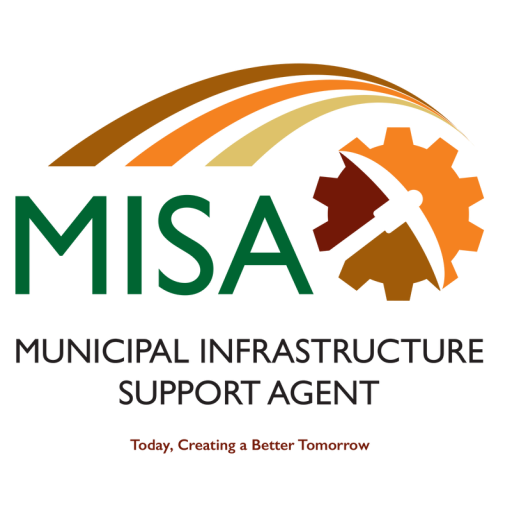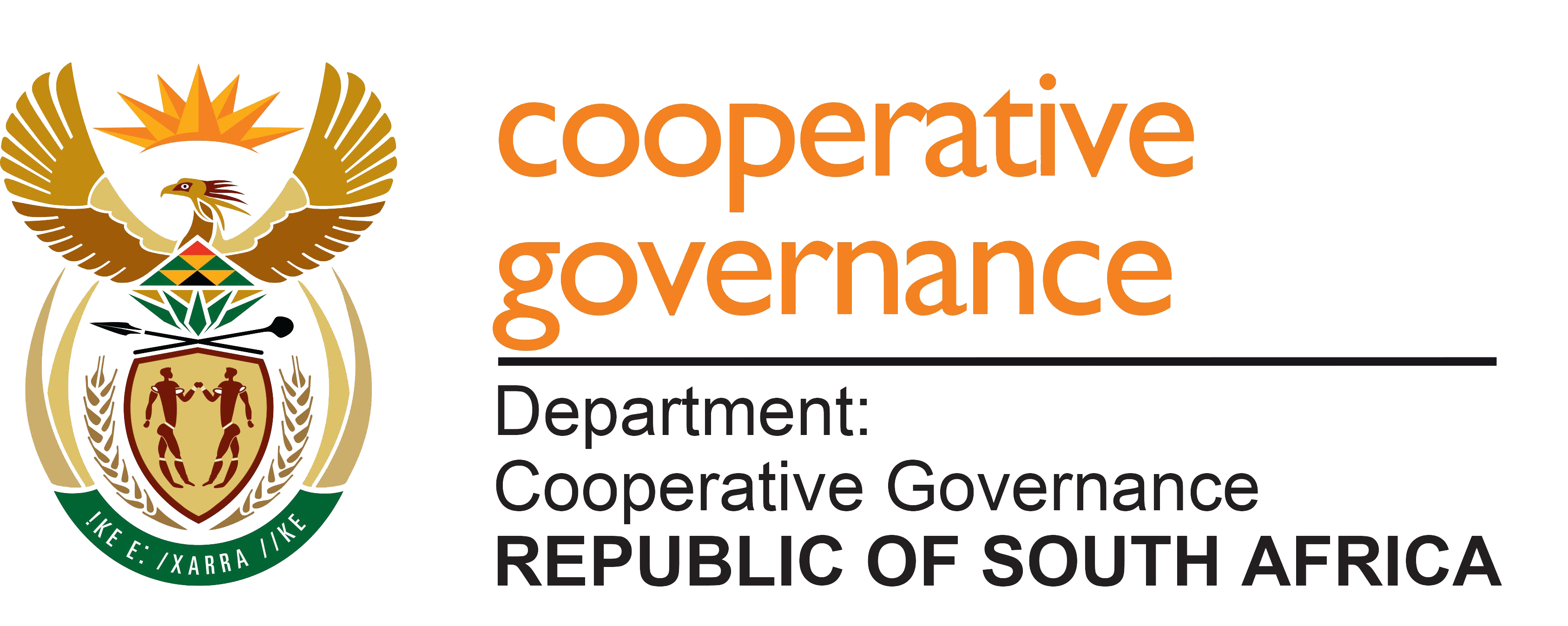Theme: South Africa’s Reflections on Progress Towards ‘Leaving No One Behind’
25 July 2019
Programme Director,
Executive Mayors,
Leaders from South African Municipalities,
Members from Various Civil Society Organisations,
Members of the Media,
Young People with us,
Distinguished Guests, and
Ladies and Gentlemen:
Introduction
I am pleased to be part of this important Symposium, focused as it is with the task of honestly reflecting on progress made, or not yet made, with regards to the implementation of the Sustainable Development Goals (SDGs).
I take this opportunity to thank the conveners and organisers of this SDGs Symposium, since, literally, time is not on our side, in effectively implementing the SDGs.
To implement the SDGs, local government is an indispensable and vital partner.
Why do I place an emphasis on local government to achieve the SDGs?
Local government is a crucial partner to respond to, and address, society’s key pressure points. Local government is central to enabling citizens and communities to climb up the socio-economic ladder of opportunities and services.
As such, local government need more resources since this is where basic and advanced service delivery takes place. Moreover, it is the local government sphere that is best positioned space to respond to:
- a trust deficit between government & society,
- reach and realise an All-of-Society Approach,
- to realise citizen-centric partnerships, and
- ensure that we Leave No One Behind.
As you know, it has been three and half (3½) years since the United Nations (UN) adopted the 2030 Agenda for Sustainable Development.
What do we mean by “sustainable development”? The UN defines sustainable development as “development that meets needs of the present without compromising the ability of future generation to meet their own needs.”
I recently came back from attending a High-Level Political Forum (HLPF) on Sustainable Development, convened in New York, by the UN Economic and Social Council.
In this Forum, South Africa was among the forty-seven (47) countries that tabled the Voluntary National Reviews (NVRs), which are intended to measure and mark progress made, or not yet made, towards addressing the SDGs.
I do not need to remind you that, incidentally, we are only left with ten (10) years to successfully implement these global blueprints. This means that we must, without a doubt, fast-track current our efforts to implement SDGs by 2029 in alignment with our own National Development Plan (NDP).
Ladies and gentlemen,
SDGs and VNR
If you will allow me, let us remind ourselves on the objectives of the SDGs since we are all signatories to their full implementation and measurement.
I will not talk about all the 17 goals, their 169 targets and 232 indicators. Instead, I will limit myself to the set goals that were, and are, under review this year.
- Goal 4 talks to ensuring inclusive and equitable quality education,
- Goal 8 speaks to promoting inclusive and sustainable economic growth and decent work for all,
- Goal 10 aims to reduce inequality within and among countries,
- Goal 13 talks to urgent action to combat climate change and its impacts,
- Goal 16 speaks to promoting peaceful and inclusive societies, and
- Goal 17 aims to strengthen the means of implementation and revitalising the global partnership for sustainable development.
Why is the Voluntary Review seminal for the SDGs?
Quite obviously, the Review assists in understanding the impact of policies and programmes towards realising sustainable development.
Regarding the shortcomings that remain, there is urgent need to improve multi-stakeholder engagement which, hopefully, this Symposium is aiming to address.
Fortunately, South Africa, has established a national coordinating mechanism for national engagements and reporting on, first, the 2030 Agenda and, second, on the African Union’s (AU) Agenda 2063 that was spearheaded by the CoGTA Minister, Dr Nkosazana Dlamini-Zuma, when she was heading the AU.
We have also established the mechanism for assessing the SDG engagement and reporting through the Southern African Development Community’s Regional Indicative Strategic Development Plan.
For us in South Africa, we seek always to align these global and continental blueprints to the NDP, which, coincidentally, should also be fully implementation by 2030.
While I am pleased that we have managed to align our plans at national level, I believe there is room to improve our current governance structures in order to better coordinate how we implement the IUDF. To this extent, partnering with other stakeholders is very important. As I said at the beginning, this is an All-of-Society-Approach!
Distinguished guests and friends,
SDGs and NDP
At the risk of belabouring this point, achieving the SDGs is in both our country and in the continent’s interests.
In this regard, notable progress has been made with regards to South Africa’s meeting the SDG targets.
Some of the areas where progress has been made, are in critical areas such as the basic provision of clean water, electricity, sanitation, education and health.
For instance, areas we can report on, on positive progress are the following:
- Access to free education for children from poor households has been expanded to cover over nine (9) million children that attend no-fee schools.
- Individuals benefiting from the social protection system increased from three (3) million in 1994, to more than seventeen (17) million in 2018.
- South Africa has the biggest anti-retroviral treatment programme in the world of over 4.5 million people.
Other highlights of progress, in relation to the SDGs are:
Regarding Goal 5 on Gender equality – representation of women in national parliament has increased from twenty-five percent (25%) in 1994, to more than forty-one percent (41%) in 2016.
Concerning Goal 13 on Climate action – a suite of legislation and policies have been adopted, including a carbon tax, to address climate change and to enhance the country’s ability to adapt to ongoing environmental changes.
In addition, significant investments have, and are being made, in renewable energy, cleaner public transport, energy efficiency, waste management and land restoration initiatives.
Regarding Goal 7 on Affordable and Clean Energy – we are relatively well on course to provide reliable, sustainable and modern energy for all, particularly for the poor. For example, South Africa is among leaders in the transition to sustainable energy by 2030.
Whilst the NDP is closely aligned to the SDGs, however, according to some analysis there are some gaps with regards to, for example, food security and sustainable agriculture (SDG 2), gender equality and women empowerment (SDG 5), resilient infrastructure and sustainable industrialisation (SDG 9)
Programme director,
At the same time, however, significant challenges remain. Just to indicate one prominent example:
I am sure you will recall the Time magazine cover, in May this year, profiling South Africa’s record-high levels of inequality. The figures quoted there, from a World Bank report, of spatial, wealth and income inequality surely blemish and undermine our aims to end economic injustice.
The aforementioned World Bank report in the Time magazine is a cause for serious concern. This World Bank report stipulates that: “High inequality is perpetuated by a legacy of exclusion and the nature of economic growth, which is not pro-poor and does not generate sufficient jobs”.
This report continues, “Inequality in wealth is even higher: the richest 10 percent of the population held around 71% of net wealth in 2015, while the bottom 60 percent held 7% of the net wealth. Furthermore, intergenerational mobility is low, meaning inequalities are passed down from generation to generation with little change in inequality over time. Not only does South Africa lag its peers on level of inequality and poverty, it lags on the inclusiveness of consumption growth”.
Ladies and gentlemen,
SDGs, NUA and IUDF
We live in a world where demographic growth and urbanisation are reshaping our societies and urban landscape. Today, more than half of the world’s population lives in urban areas. The pace of change will increase over the next two-to-three decades.
As you would agree, this implies a new approach to development. Urbanisation is not only about big metropolitan cities. It is about systems of territorial governance.
In this sense, the localisation of the SDGs and the New Urban Agenda (NUA), is not about merely transferring global goals and commitments into the local and regional spheres. Rather, it is about seeking to address and transcend global challenges through, and by means of, available local solutions.
Moreover, localisation of SDGs and NUA is about encouraging and promoting peer-to-peer co-learning strategies. This is more so significant, if we are to implement the Integrated Urban Development Framework (IUDF) which is a rallying call for cities to:
- drive shared economic growth,
- shared employment growth,
- instill social cohesion,
- engender an active citizenry, and
- active communities geared towards common goals.
I am sure you will agree that urbanisation is a cross-cutting issue in the implementation and monitoring of the SDGs.
The NUA reasserts a positive notion of the city and promotes sustainable urbanisation as a driver for sustainable development. Cities and towns are at the cutting edge of dealing with urbanisation and its consequences.
Therefore, focus must be placed on their ability to cope and lead in this.
Ladies and gentlemen and friends,
Conclusion
As I conclude, let us remember that SDG indicators should not simply be the means of gathering data for reporting on SDGs. These indicators must be outcome-oriented and demonstrate equitable impact on local communities. In addition, I would like to prioritise the following actions:
- Mainstream SDGs through a sustainable campaign,
- Support, deepen and strengthen the role of cities to implement the SDGs, and
- Improve our national and local voluntary reporting processes.
It must be clear that the relevance of the 17 SDGs and their 169 targets may vary in individual regions and localities.
The aim should be to develop appropriate indicators for the representation of SDGs at municipal level. Where necessary, they may be redefined to suit local contexts.
The State President also gave us seven (7) priorities in his State of the Nation Address (SoNA). Please allow me to remind you what they are:
- Economic transformation and job creation,
- Education, skills and health,
- Consolidating the social wage through reliable and quality basic services is another important priority,
- Spatial integration, human settlements and local government,
- Social cohesion and safe communities is another key priority,
- Building a capable, ethical and developmental state, and
- A better Africa and world.
While I am pleased that these priorities are aligned with our IUDF, I would like to challenge all of us, and in particular this Symposium, to discuss how we will make these priorities a reality not as a separate process, but as part of what we are currently doing, namely, implementing the SDGs.
At the end of these two days, we should have a clear understanding of how to localise the SDGs in our municipalities. This understanding must be linked to a means of reporting and measurement and clarify the roles and responsibilities of the whole of society.
Once, you have developed a roadmap on how to achieve this, there should be an engagement with political principles to bring them on board to be champions of the SDGs.
DCoG with support from SALGA and ICLEI Africa, is ready to assist municipalities to localise, mainstream and measure the service delivery efforts of municipalities as a contribution towards meeting the SDGs.
I cannot conclude this speech without recognising the good work that the City of eThekwini has done in implementing the SDGs. I am very happy that the Symposium is taking place in a city that is currently, in my humble view, is leading on now to implement the SDGs.
I thank you.



